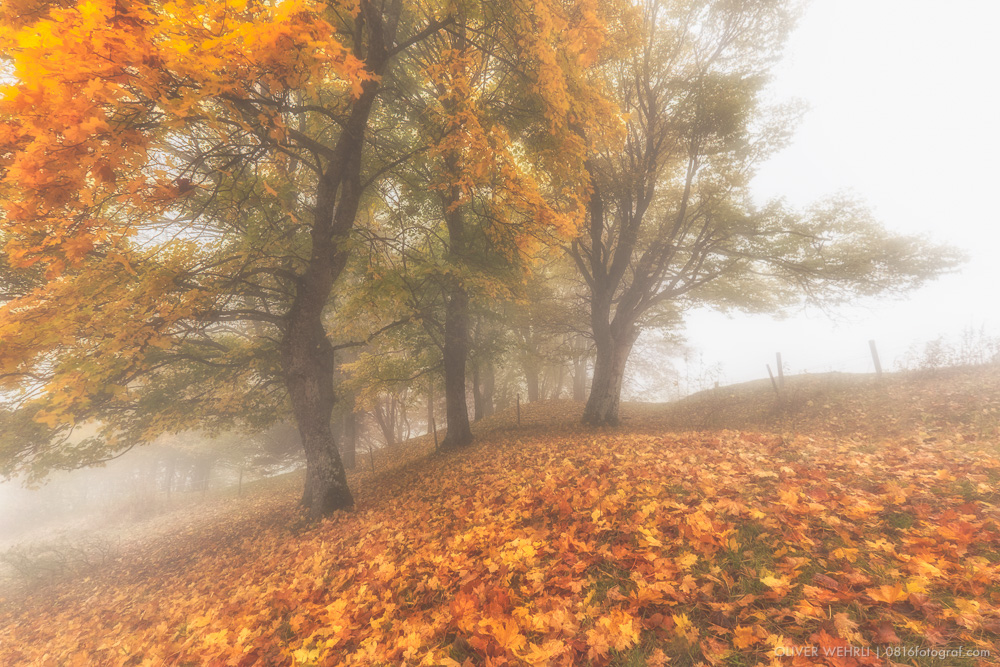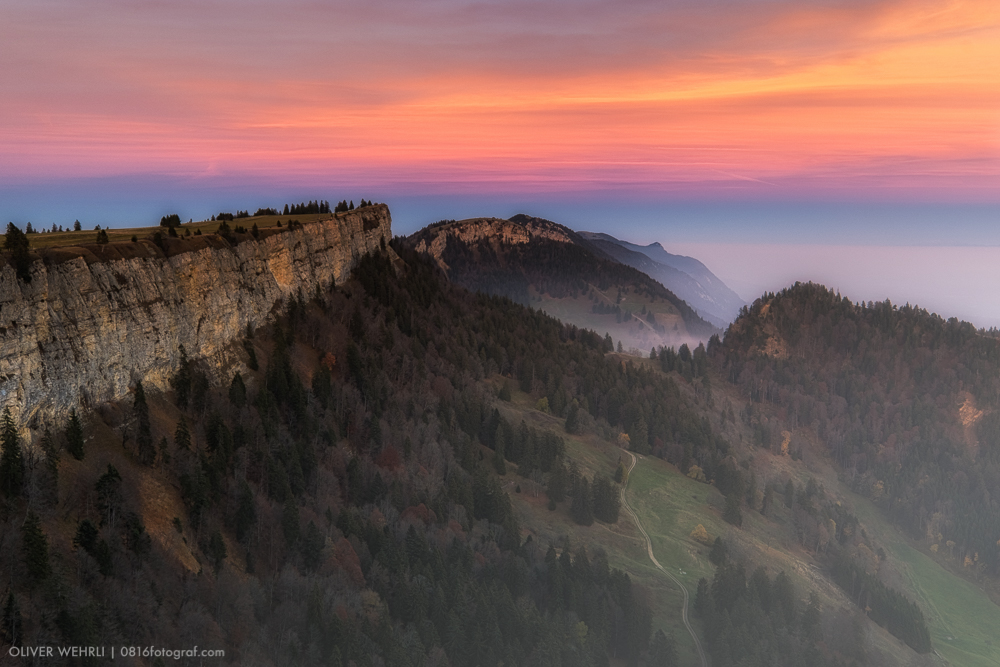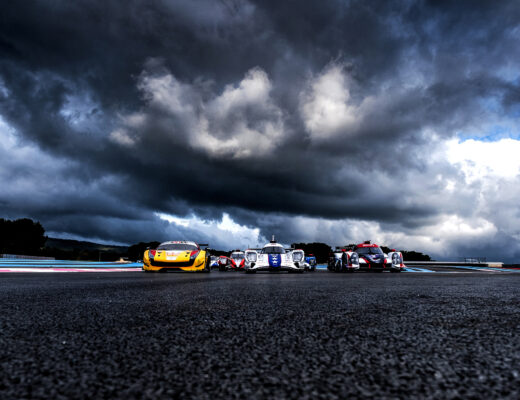At the beginning of this year I set out to acquire a compact and light camera system that still met professional requirements. I thought it should be possible to have a top-quality camera without being weighed down by kilos of kit. And so a camera like the Fuji X system immediately caught my eye. It was just as important to me that both the quality and the technical capabilities did not fall short of my trusted full format Nikons (D800/D4s) – or at least not compare unfavourably to them.
This is a guest post by a Swiss photographer Oliver Wehrli. Thanks so much, Oliver! Would you also like to write about your photography and share your images with the FujiLove community? Go ahead and send a brief description of your article idea and a couple of samples of your work to contactfujilove@gmail.com.
After trying out the X-T1, I found the handling excellent. I liked the look of the camera and the feel was reminiscent of a classic reflex camera, which was really appealing. The excellent processing of the Fuji system is another plus. And I also see the sensor size as a positive. The APS-C sensor is similar to my familiar full format sensor. I feel that, even now and despite the rapid developments in technology, the benefit of a larger sensor (noise performance, pixel size) still should not be underestimated. This is why the APS-C sensor’s image composition is still comparable to the full format sensor that I have been familiar with in the past. For image composition I am mainly concerned with the difference in focus depth with a different sensor size, which means there is less need for me to readjust or rethink how I use the camera.
I can say one thing at the outset: I have fallen in love with the camera and the system! It is under-stated, very high quality and the retro-look is really cool. It almost looks like it was designed 50 years ago – with the most recent technology hidden inside. I am also impressed by the high-quality Fujinon lenses and the variety of these Fuji now offers. And the picture quality is also on a par with any of my other Formula 1 cameras.
My Fuji X-T1 hunting ground
I first tried out the camera for private use, particularly when too much luggage, bulk and weight was an issue. To start with I hardly used the camera professionally at all, or at best very cautiously. That is more because I felt I hadn’t practised enough with the camera than because of the actual camera itself. However, that has changed a lot in recent months. I have now tried it out on individual jobs for at least part of the work and I have concentrated on taking pictures with the X-T1 on various trips where I was looking for landscape shots. This gives me a direct comparison with the Nikon D800, which sets the bar high in terms of dynamic range and resolution – qualities that are particularly important in landscape photography. The Fuji X-TI gets my vote in this area too! Of course 16 MP is less than the high resolution 36 MP, but the Fuji data is so good and even the dynamic range is outstanding. The resolution may be less but it is easily fit for purpose. A D4s doesn’t have any more and is also perfectly adequate. In any case, I think too much is made of the resolution issue.
In addition to its excellent handling, the X-T1 even outperforms my reflex camera in certain respects. The depth of field scale is a particular highlight for me, which is shown on the display on manual focus and which I really like using with a tripod. Of course I have managed without it in the past and I am certainly not lazy when it comes to photography, but it is just an ingenious tool. It also makes me more efficient.
My general feeling about the X-T1 is that it often enables me to concentrate more on the picture itself and I get a fast final result.
In the past two months or so, I have nearly always just taken the Fuji X-T1 out on shoots. I have also bought a really good universal wide angle lens: the Fujinon XF 10-24mm f4 R OIS and the Fujinon XF 90mm f/2 R LM WR. Both are top-quality lenses and provide the very best picture quality. The Fujinon XF 10-24mm in particular enables me to work with existing LEE filters across the entire zoom range without vignetting. So there is no need for special adapter rings or such like. That is a crucial benefit for me. The 90mm f/2 offers me a nice extra for portraits, but I also use it to get more focus with landscapes.
But perhaps the best way is to let some of the pictures speak for themselves:
So I have recently bought its little sister (X-T10) and I am really looking forward to spending four weeks in New Zealand with these cameras in the spring of 2016. I look forward to reporting back on that trip.


























